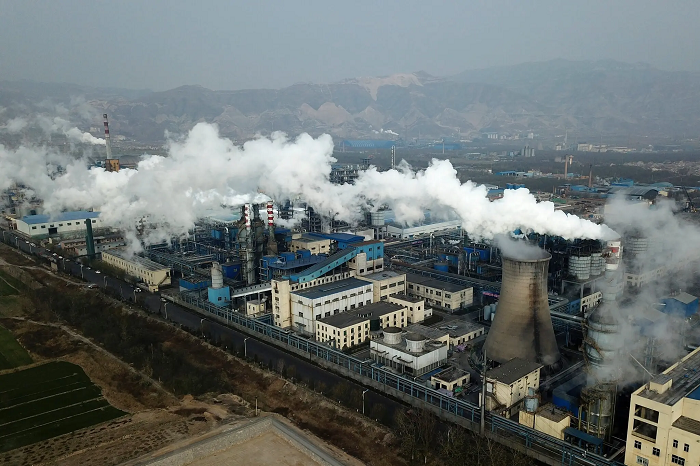Showing consistent growth, India's raw silk production increased from 31,906 metric tons in 2017-18 to 38,913 metric tons in 2023-24. This growth is mirrored by an expansion in mulberry plantations, which grew from 2.23 lakh hectare in 2017-18 to 2.63 lakh hectare in 2023-24.
In 2023-24, the value of India’s silk goods exports also increased to Rs 2,027.56 crore (approximately $243 million), consolidating the nation’s position as the world's second-largest silk producer and top consumer, according to the Ministry of Textiles.
Additionally, India exported 3,348 metric tons of silk waste during 2023-24, according to the Directorate General of Commercial Intelligence and Statistics. While silk waste may include broken fibers or imperfect cocoons, it can still be repurposed into yarn or recycled into new products.
India is the second largest producer and the largest consumer of silk globally. According to the Ministry of Textiles, despite representing only 0.2 per cent of global textile production, silk plays a vital role in India's rural economy, providing employment and foreign exchange earnings. The Indian government supports the industry through schemes like Silk Samagra, the Raw Material Supply Scheme (RMSS), the National Handloom Development Programme (NHDP), and Samarth, focusing on production enhancement, weaver support, and skill development.
Encouraged by government programs like Silk Samagra, which has already benefited over 78,000 individuals, India's silk sector is weaving economic empowerment into its rich cultural heritage. From the shimmering Kanchipuram sarees to the earthy charm of Bhagalpur Tussar, silk continues to connect heritage with livelihoods across rural India.












